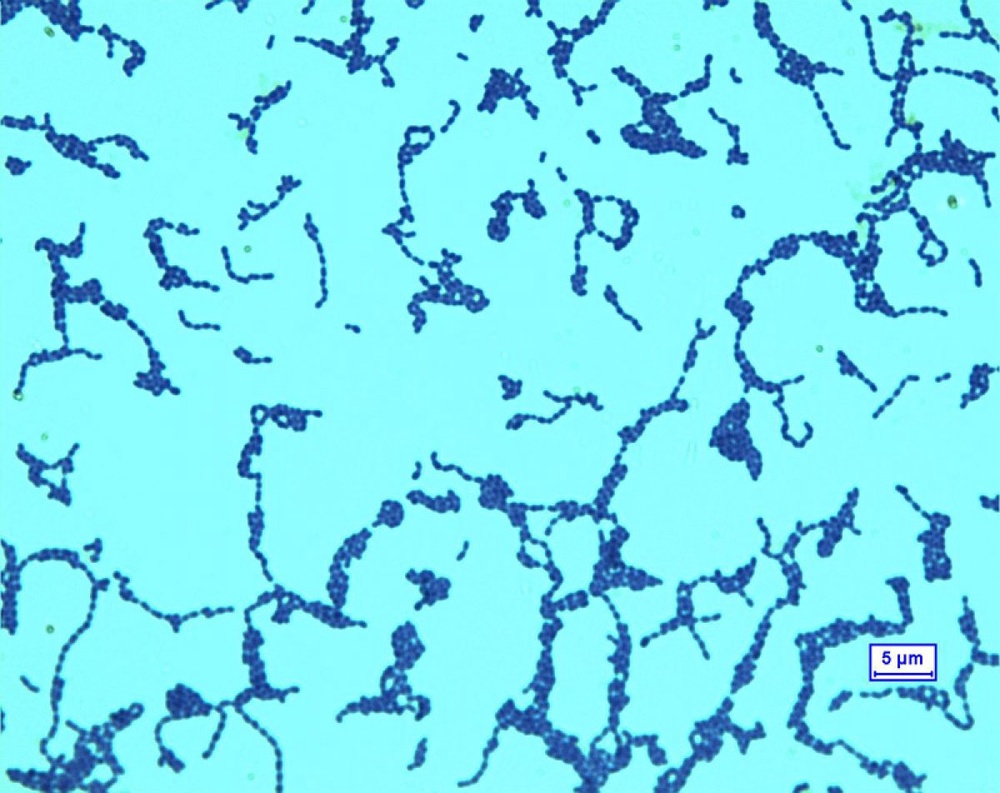
Chateau Paradise or Chateau Rotgut? Why is it that one wine can be exquisitely smooth, and another stomach-turningly tart? Oenologists say the answers are many, but one factor is a germ that helps to lower a wine's acidity, AFP reports. Known by its Latin name of Oenococcus oeni, the useful bug is a so-called lactic acid bacterium. It is widely involved in the second fermentation stage in red wines, and in some white and sparking ones too, after a first fermentation -- turning grape sugar into wine -- has taken place. In a process called malolactic conversion, O. oeni's job is to "de-acidify" the wine and create a full, rounded mouth-feel. Commercial winemakers use industrialised bacteria for a standardised product, but plenty of variables, such as the wine's level of citric acid, can still cause an expensive upset. New research by Spanish and Italian scientists may provide help. In a study published by Britain's Royal Society, the team said they had drawn up a draft map of O. oeni's toolkit -- 152 proteins that are unique to the bacterium and help to dictate the success of malolactic conversion. The "proteome reference map" derives from the genome of a strain of O. oeni called ATCC BAA-1163 -- a code of DNA studded with 1,398 genes. Only 10 percent of the strain's proteins have been sequenced so far, but even this should be helpful, the authors say. "The harsh wine environment represents a challenge to the survival of O. oeni and can strongly affect the successful outcome of the vinification," the investigators say. "A better understanding of the molecular mechanisms related to the stress adaptation and technical performance of O. oeni is crucial for the characterisation and selection of strains for industrial purposes."





Chateau Paradise or Chateau Rotgut?
Why is it that one wine can be exquisitely smooth, and another stomach-turningly tart?
Oenologists say the answers are many, but one factor is a germ that helps to lower a wine's acidity, AFP reports.
Known by its Latin name of Oenococcus oeni, the useful bug is a so-called lactic acid bacterium.
It is widely involved in the second fermentation stage in red wines, and in some white and sparking ones too, after a first fermentation -- turning grape sugar into wine -- has taken place.
In a process called malolactic conversion, O. oeni's job is to "de-acidify" the wine and create a full, rounded mouth-feel.
Commercial winemakers use industrialised bacteria for a standardised product, but plenty of variables, such as the wine's level of citric acid, can still cause an expensive upset.
New research by Spanish and Italian scientists may provide help.
In a study published by Britain's Royal Society, the team said they had drawn up a draft map of O. oeni's toolkit -- 152 proteins that are unique to the bacterium and help to dictate the success of malolactic conversion.
The "proteome reference map" derives from the genome of a strain of O. oeni called ATCC BAA-1163 -- a code of DNA studded with 1,398 genes.
Only 10 percent of the strain's proteins have been sequenced so far, but even this should be helpful, the authors say.
"The harsh wine environment represents a challenge to the survival of O. oeni and can strongly affect the successful outcome of the vinification," the investigators say.
"A better understanding of the molecular mechanisms related to the stress adaptation and technical performance of O. oeni is crucial for the characterisation and selection of strains for industrial purposes."


 +7 (777) 001 44 99
+7 (777) 001 44 99















































